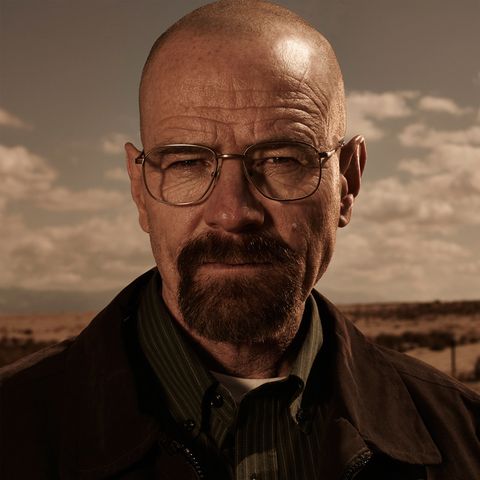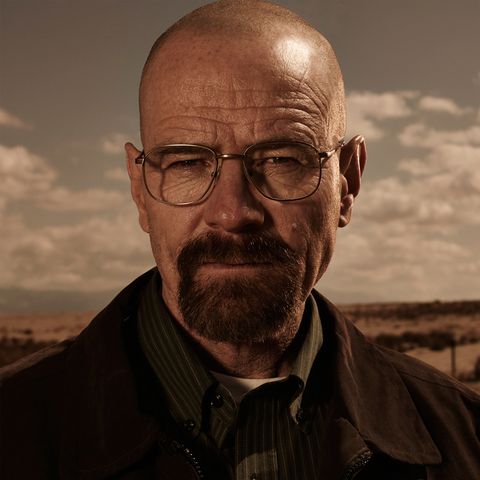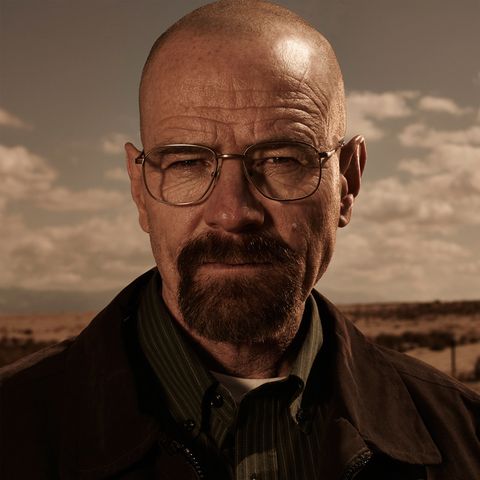Throughout ‘Blade Runner’, mise-en-scene is used to express character emotions, reflect the genres (sci-fi/ film noir) and add to the verisimilitude of the futuristic world. Although there is a plethora of scenes I could have used to highlight Ridley Scott’s use of mise-en-scene, I have chosen this scene as I believe it accurately depicts a dystopian world, in addition to adding characterisation onto the principle role of Deckard.
Firstly, a wide camera shot is used to outline the busy nature of the streets, with extras and props crowding the scene. Scott may have envisioned this street to be crowded as it highlights the reality of urbanisation: the amount of people living in urban areas. Many experts have expressed how devastating urbanisation may be on future generations, if population increase continues as it is. Therefore, this feature may add a level of existential dread for the viewers, as they are forced to reflect on future living conditions they may be faced. Furthermore, the bustling street adds tension to the chase within this scene as the audience is unsure whether Zhora will escape into the crowds or if a civilian may get shot by accident.
Next, in this scene, signs and symbols are used to portray similarity between the present-day world and the ‘Blade Runner’ dystopian version. On the left side of this shot, a neon ‘Atari’ sign can be seen. The use of this product logo links reality into the screen world, adding to the viewer’s believability of this fictional world. Furthering this point, the traditional styling of the taxicab (yellow with black and white squares) is something which almost all viewers will recognise from reality. Some other signs and symbols which also add to this sense of verisimilitude is the burlesque-style LED display and the taxi fare shown on the side of the taxi. In this one shot alone, six different fonts are used; this may portray a society even more obsessed with materialism and selling products than how the world is nowadays. This may promote viewers to reflect on present day materialism, and how badly it could escalate into a Blade Runner type society.
The feature of Deckard’s ‘blaster’ gun adds a trope of sci-fi to this scene. In addition, the strong imagery of civilians strolling past, either oblivious or unphased by the gun, may portray to the viewers a deeper meaning of how accustomed violence may become in future society. The gun may also add a feeling of tension into this scene as Deckard, the character who the audience is most familiar with, may be in danger: the gun is there for his protection. This gun may also add a trope to the film noir genre of this movie, as it is a convention for police/ detective characters to carry inconspicuous black handguns.
Costume also adds to the characterisation of Deckard in addition to reinforcing the film noir genre. Trench coats have long been a staple piece of clothing worn by detectives and similar masculine characters in film noir (e.g. ‘The Big Heat’ and ‘The Maltese Falcon’). The stark contrast between this old-fashioned and traditional costume of Deckard to the high-tech and futuristic background solidifies the hybrid genre; this allows the audience to clearly identify Scott’s artistic direction. Pre-existing sci-fi fans may also appreciate the casting of Deckard as he appeared in the Star Wars franchise.










